29 Fun Cat Facts You Never Knew About Your Furry Friend
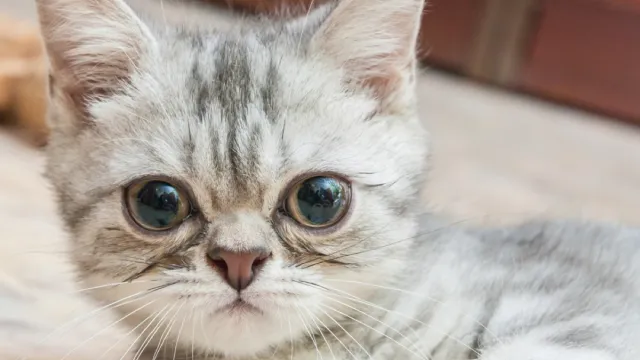
Domesticated cats are among the world’s most popular pets, and it’s not hard to see why. They’re diligent about keeping themselves clean, don’t need to go outside for walks, and their enviable nap schedule means you don’t have to feel guilty about leaving them alone for the day when you head to work. But even for the most dedicated pet owners, there’s plenty about their feline friends that remains a mystery—until now, that is.
READ THIS NEXT: Dog Facts That Will Make You Even More Amazed by Your Best Friend.
29 Amazing Facts About Cats So Interesting, You’ll Never Be The Same
With the help of animal experts, we’ve rounded up 29 amazing cat facts you never knew, from what those purrs really mean to how they move.
1. A group of kittens is called a kindle.
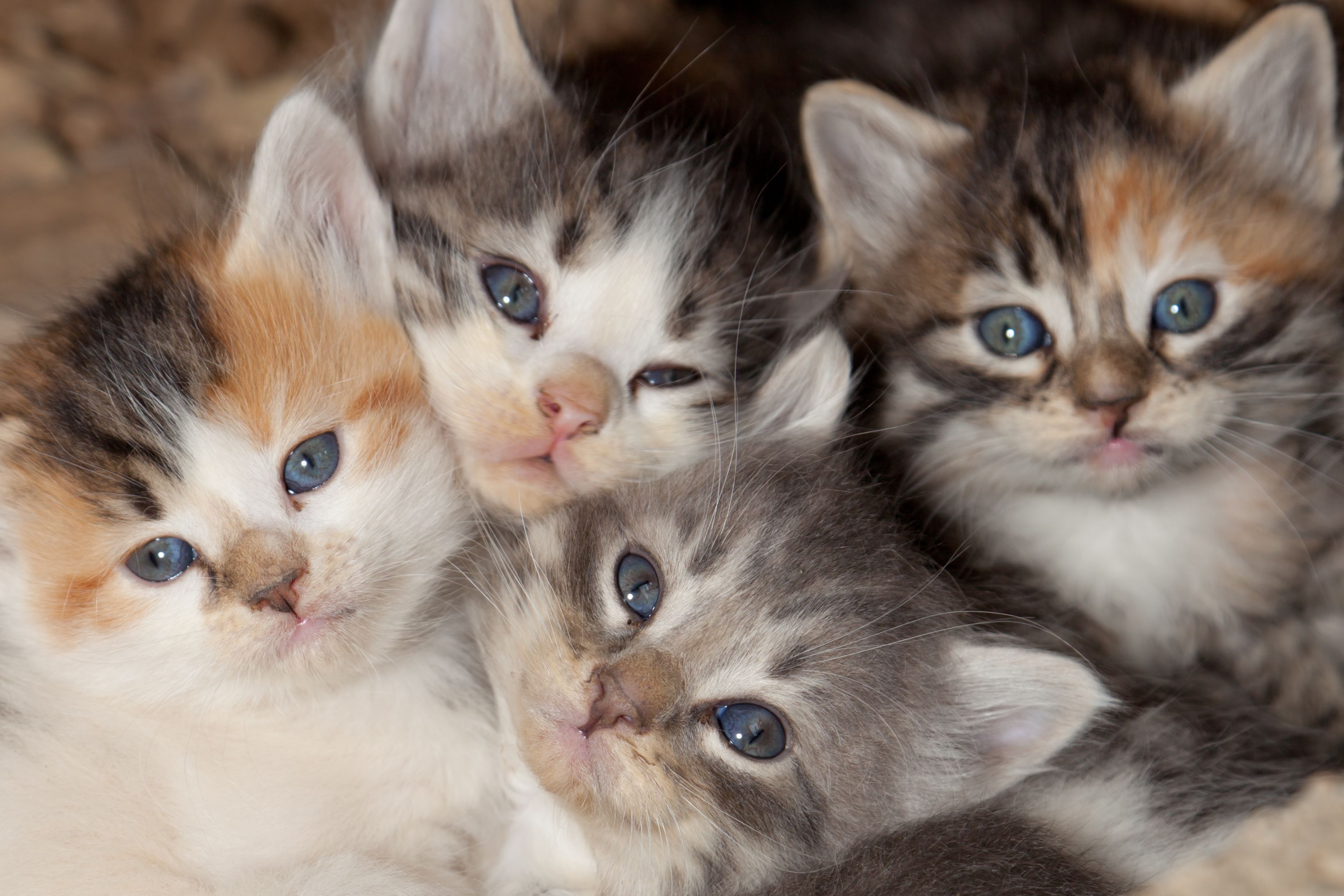
You may associate the word with your Amazon e-reader, but a litter of kittens is also known as a “kindle.” And what about a group of adult cats? That is known as a “clowder.”
2. Your cat may be allergic to you.
You already know that a house cat can make some humans stuffy and sneezy, but did you know it can also work the other way around? Sandy Willis, a veterinary internist who advises the American Veterinary Medical Association, explained to Popular Science that many cats not only suffer seasonal allergies to pollen and grass, but in rare cases can actually be allergic to people.
Though, if your cat has a bad reaction to you, it’s more likely due to perfume, soap, or laundry detergent that you are using than anything specific to you.
3. Purring translates to more than just “I’m happy.”
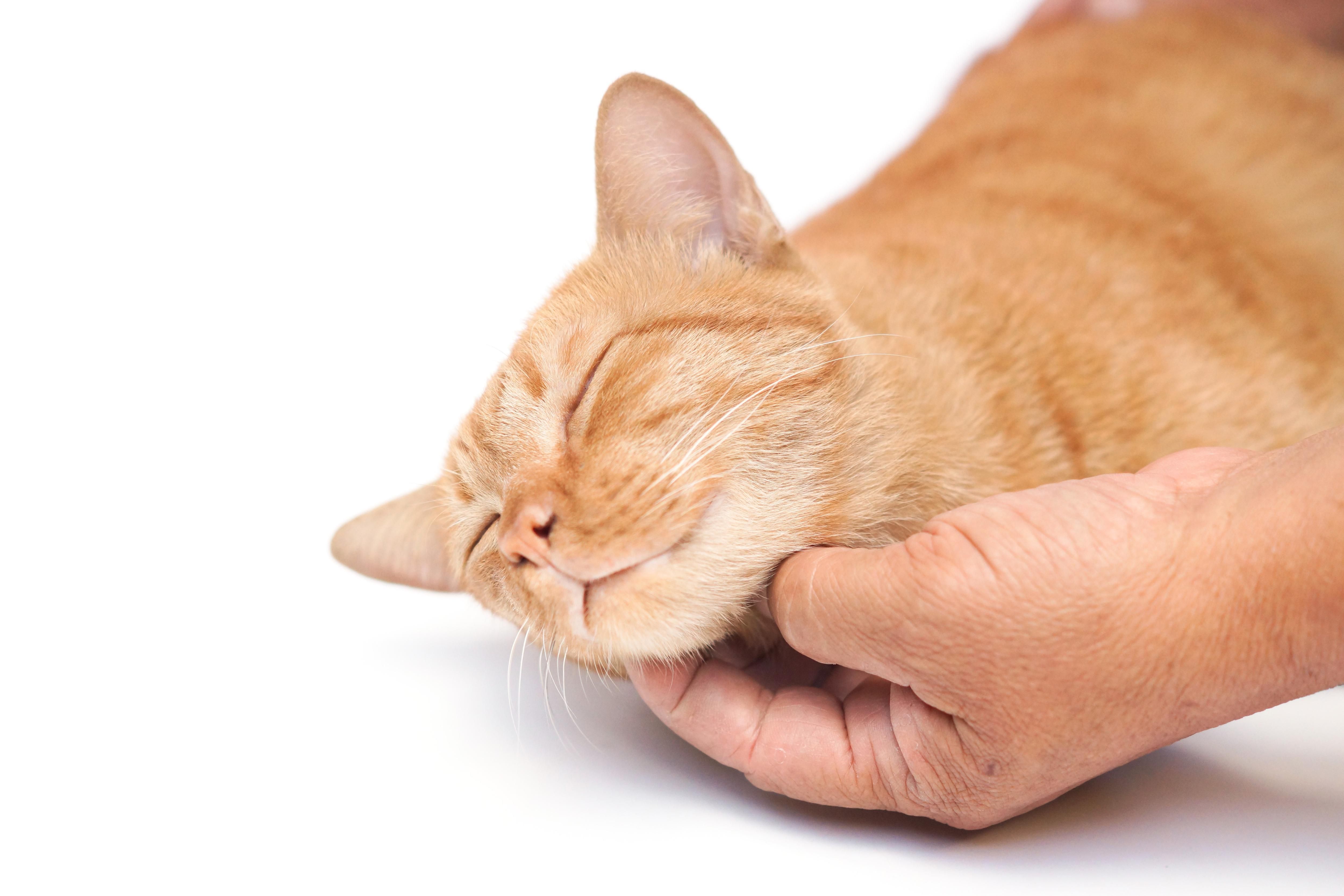
There are few more pleasing sounds to a cat owner’s ears than a contented purr coming from their pet. But cats purr for more reasons than just to convey how content they are at a given moment. They have also been found to purr when hungry, injured, or frightened.
This may be because purring serves as a “self-soothing” device that cats may access during stressful situations, per Insider. Just as you may practice deep breathing when trying to calm yourself down, it’s a behavior that tells the body to relax.
4. The oldest cat that ever lived enjoyed broccoli and red wine.
The domestic cat Creme Puff has held the record for the oldest cat ever recorded since she passed away in 2005 at the age of 38 years and three days. The cat’s owner, Austin, Texas native Jake Perry explained the secret to her longevity as a diet of dry cat food supplemented by broccoli, eggs, turkey, bacon, and coffee—plus an eyedropper of red wine.
If that sounds unlikely to help keep a cat going, consider that Perry was also the owner of the previous oldest-cat-ever record holder, Grandpa Rex Allen, who lived to be 34 years and 2 months old.
5. The wealthiest cat in the world enjoyed a fortune of almost $13 million.

The world’s wealthiest cat ever recorded was Blackie, the last surviving of millionaire antiques dealer Ben Rea’s 15 felines, to whom he left his £7 million (or about $13 million USD at the time) fortune in 1988.
The odd benefaction was made out of spite: The reclusive Rea did not recognize any members of his own family and the money was left to three cat charities with the instruction that they ensure that one of the only individuals he could trust was looked after following his death.
6. Cats spend about five hours a day grooming themselves.
Next time your partner teases you about how long you spend getting ready, you can point out that it’s nothing compared to how much time a cat spends primping and prepping on an average day. As ExcitedCats describes, cats can spend up to five hours a day grooming themselves.
7. Cats also groom to keep themselves cool.
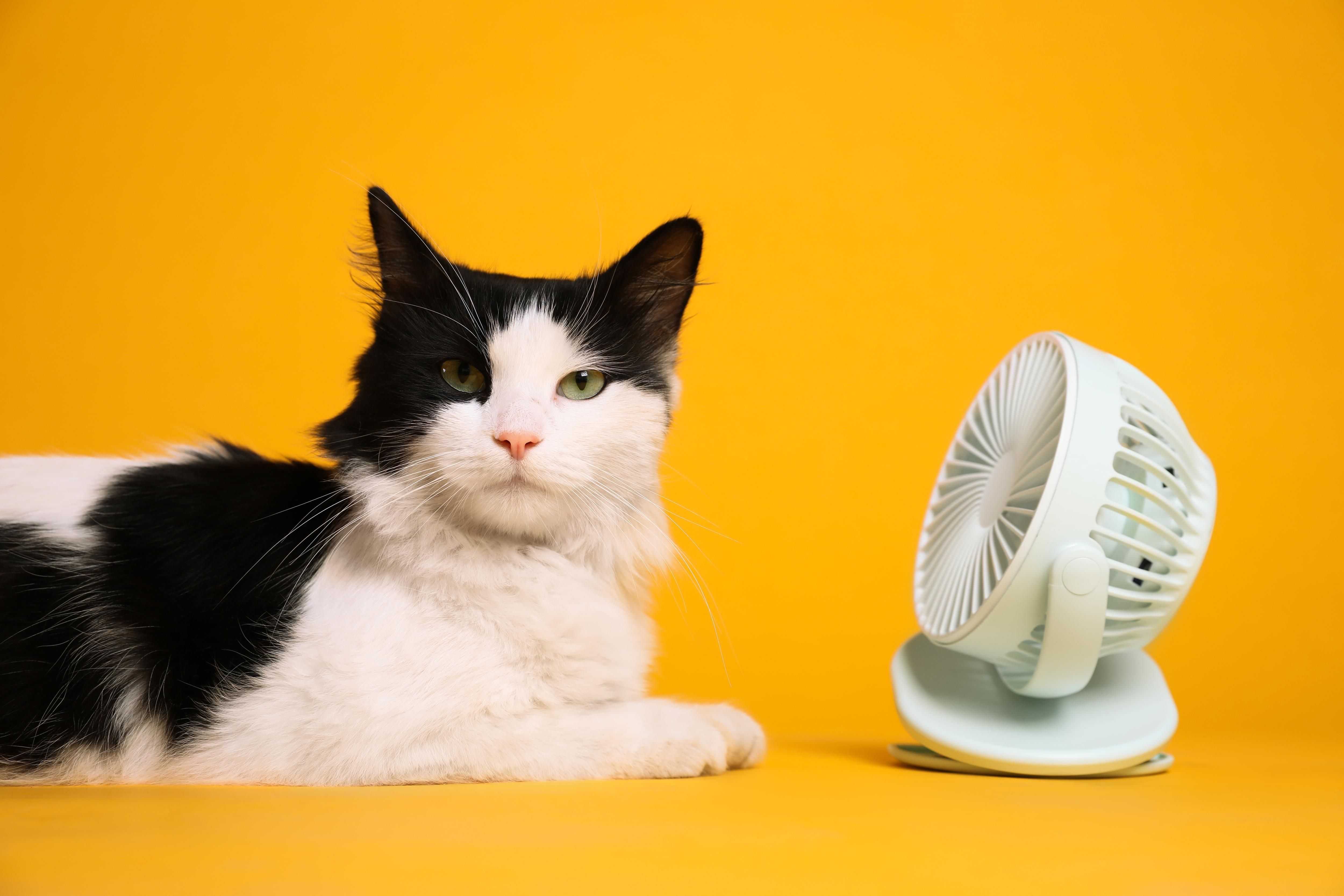
While hours of grooming do help a cat keep clean, ensuring a shiny coat and removing dander and loose hairs, this process is about more than just cleanliness. Among the other benefits of dedicated grooming is that cats are able to control their temperature—while they can sweat through their paws, they can’t sweat much elsewhere, so licking serves as a cooling system with their own saliva helping chill them out.
It’s also a way for the cat to ensure they smell like themselves. Ever notice a cat immediately start to groom after you pet them? It’s no knock against you, they just want to make sure they are giving off their own unique scent.
8. Most cats don’t respond to catnip.
If your cat freaks out about catnip, they’re actually in the minority. Though scientists don’t know exactly why some cats react to it the way they do, they have determined that sensitivity to catnip is inherited, with cats that have one sensitive parent having a 50 percent chance of inheriting this sensitivity themselves. This rises to a 75 percent chance if both parents are catnip fans. But many—in fact, most—cats are not responsive to the stuff at all.
READ THIS NEXT: Animal Facts That Will Change the Way You View the Animal Kingdom.
9. Cats can’t taste sweets.
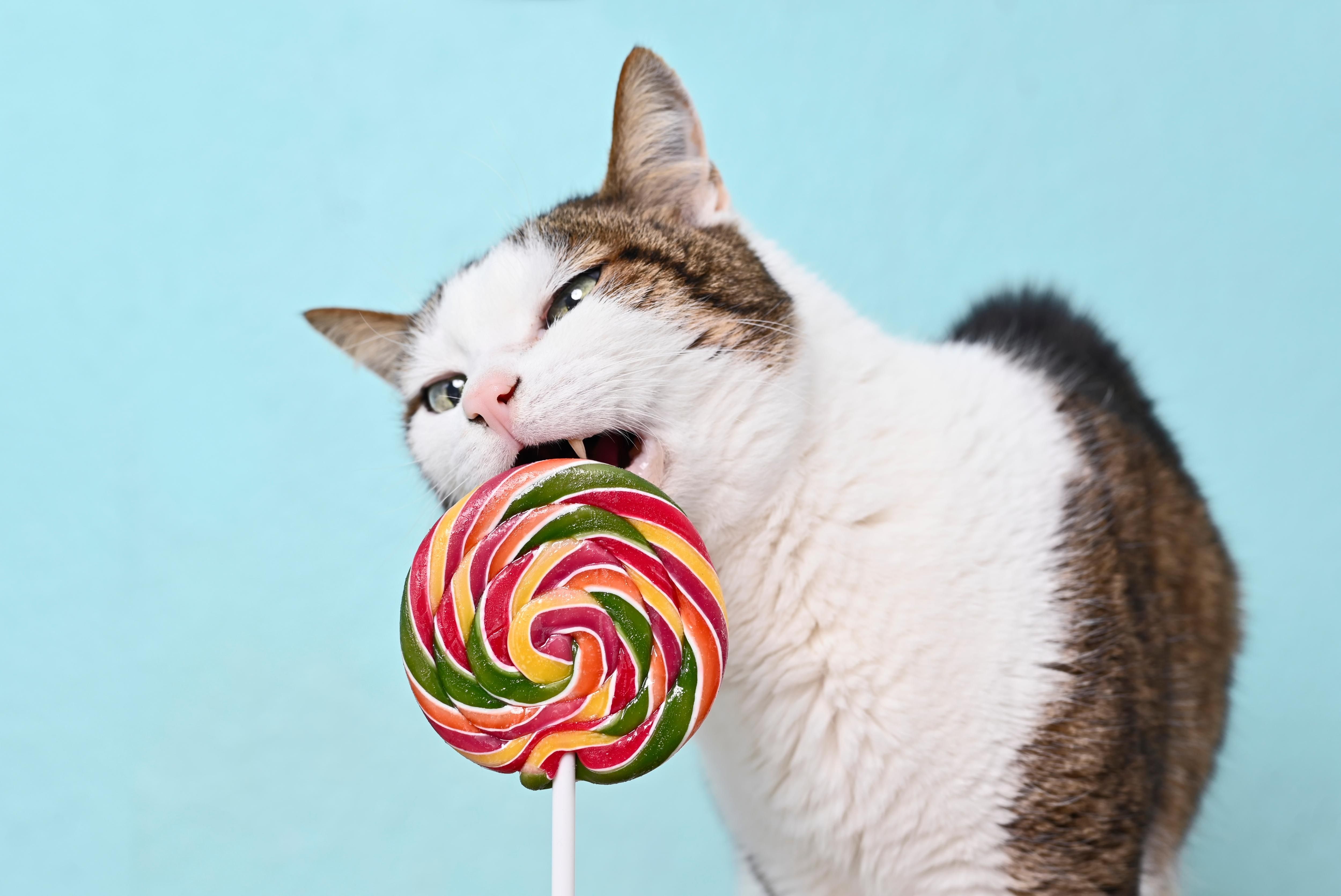
There’s a reason you’ve never seen domestic cats try to sneak a bite of the cookies or pie you’ve left on the counter: Like a number of other carnivores, cats’ taste receptors aren’t coded to pick up on sweets.
“They don’t taste sweet the way we do,” Joe Brand, biochemist, and associate director at the Monell Chemical Senses Center in Philadelphia, told Scientific American. “They’re lucky. Cats really have bad teeth as it is.”
10. Cats walk on their tiptoes.
Have you ever wondered what makes cats so light on their feet? They’re digitigrades by nature—meaning they walk on their toes—which is what affords them their amazing pouncing ability.
“This helps them approach their prey with a combination of speed and almost complete silence,” explains Jackson Galaxy, host of Animal Planet’s My Cat From Hell. In fact, it’s this very ability that helps them remain uninjured as they do their own version of feline parkour.
The digitigrade stance “helps provide cats with shock absorbers when they jump down from above,” he explains.
11. Cats can hunt accurately in almost complete darkness.
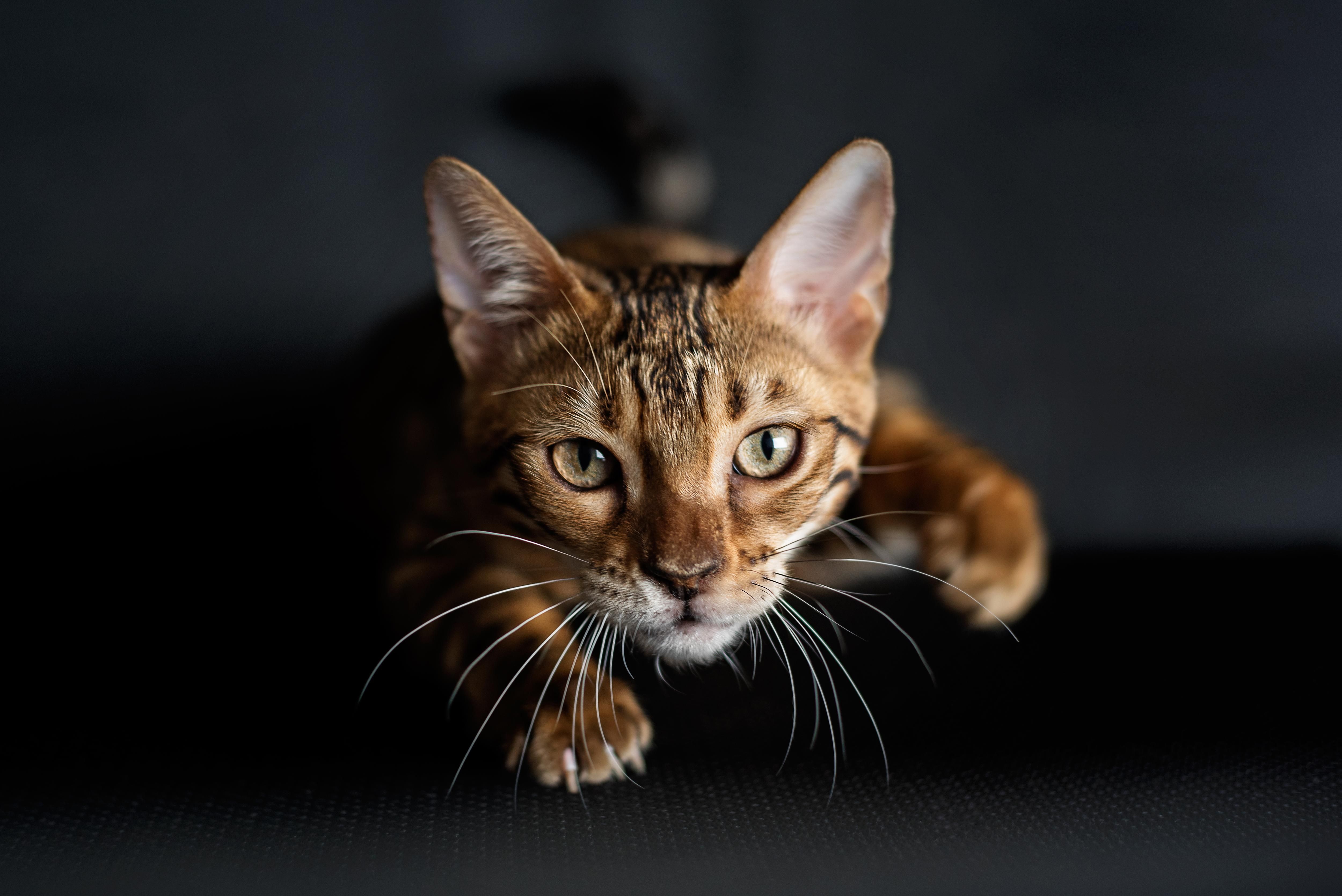
Your cat’s uncanny ability to pounce on you even with the lights out is no coincidence. The back of a cat’s eye has a reflective layer called the tapetum lucidum, which “collects all available light, intensifying it and reflecting it back out of the retina,” thus allowing them to accurately process images even in almost complete darkness, according to Galaxy.
It’s this unique ability that makes them such great hunters—and allows them to stay one step ahead of predators, too.
12. Cats have better peripheral vision than humans.
Even the sharpest peripheral vision in humans pales in comparison to that of your average cat.
“Cats’ peripheral vision occupies 200 degrees—20 percent more than humans,” says Galaxy. While they’re not especially effective at seeing long distances, within 20 feet of prey, they have “absolute accuracy.”
13. Cats are lactose intolerant.
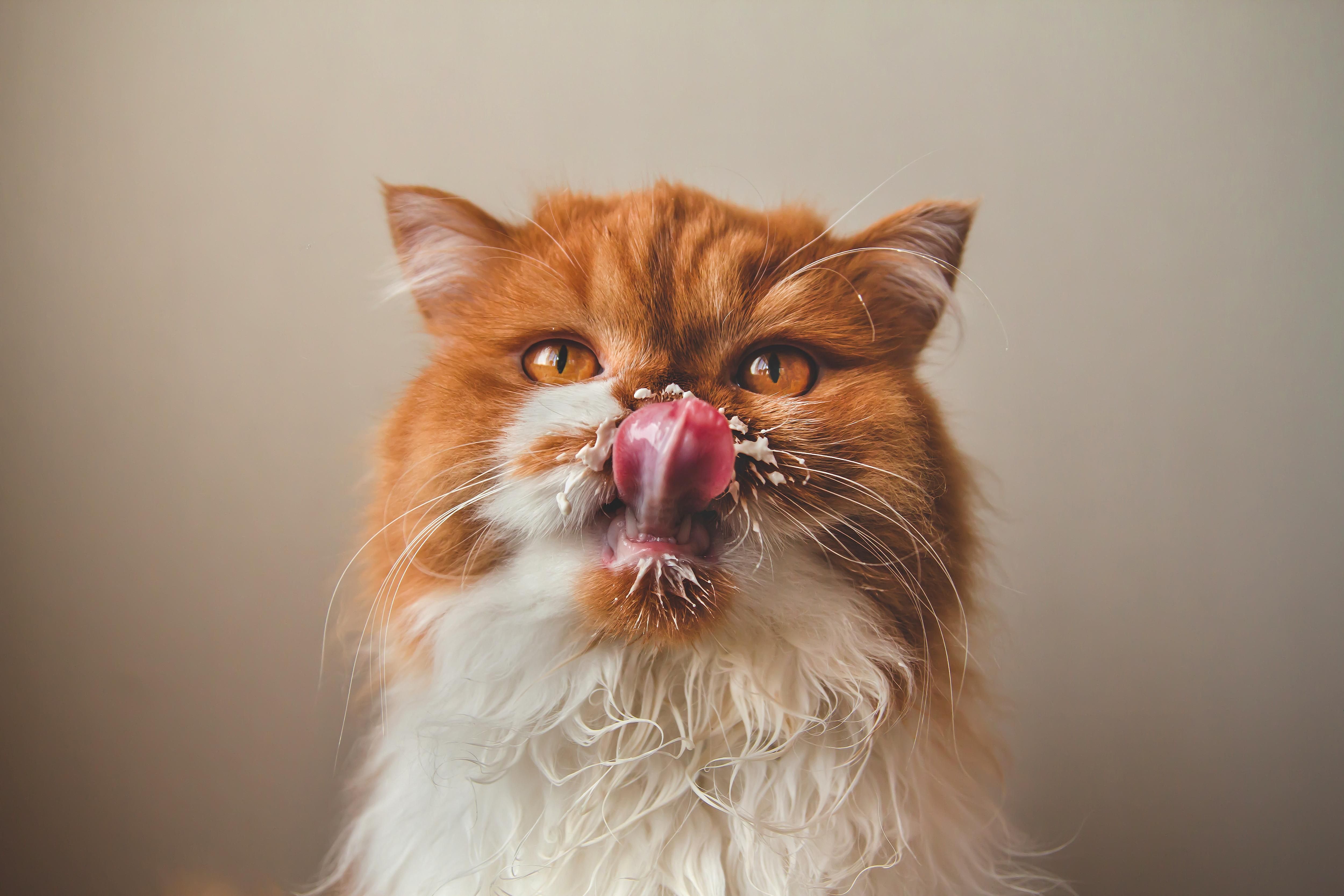
If you’re thinking about setting out a bowl of milk for your cat to enjoy, you might want to reconsider.
“Even though you see cats drinking milk in movies, their bodies do not tolerate milk very well,” says Sara Ochoa, DVM, a Texas-based small and exotic animal veterinarian.
14. Cats hear more clearly than dogs.
Your dog may be able to hear you open a can of food from rooms away, but cats are even more sensitive to sound. “The cat’s pinna—the triangular part of the ear that we can see—creates a unique funnel, grabbing sounds from the air and pulling them inward,” says Galaxy.
This enables them to hear incredibly high and low frequencies that humans and other animals, including dogs, are likely to miss.
15. Cats have a detached collarbone.
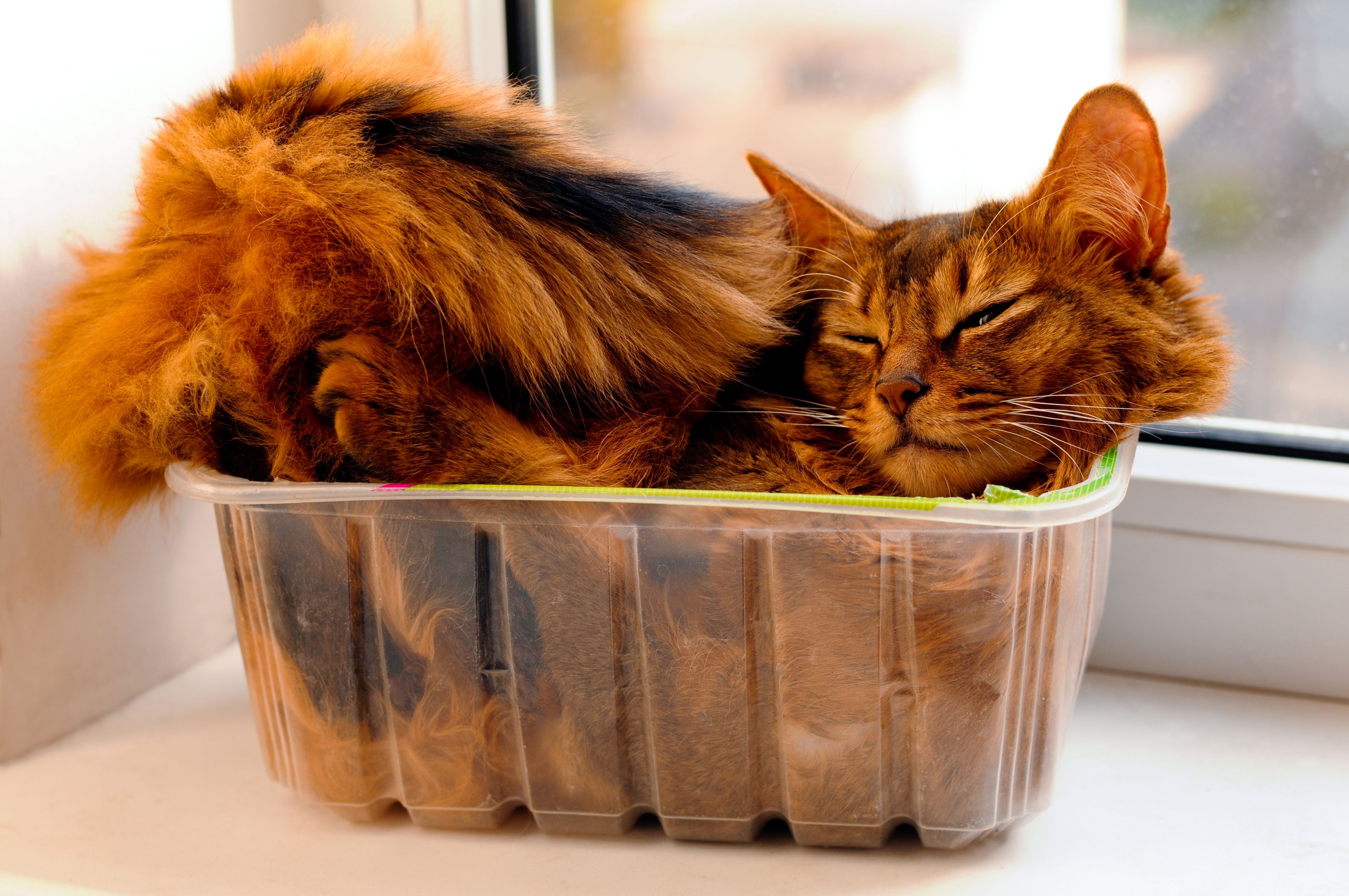
While your collarbone connects your torso and your arms, your cat’s collarbone isn’t holding anything together.
“It’s not attached to anything,” says Georgia-based veterinarian Laura Seabolt. “It just hangs out under the skin.”
In fact, it’s this unique feature that enables cats to squeeze through tight spaces without injuring themselves.
READ THIS NEXT: 175 Random Facts So Interesting You’ll Say, OMG.
16. Cats have 200 scent receptors—more than your average human.
Your cat’s eyes aren’t the only thing helping them track down their prey—they have an incredible sense of smell, too.
“Cats have a sense of smell 14 times greater than a human,” says Jim Carlson, DVM, owner and holistic veterinarian at the Riverside Animal Clinic & Holistic Center.
However, while incredible, their sense of smell isn’t quite as sharp as that of your average dog, so don’t expect your local police department to hire cat investigators any time soon.
17. Your cat’s tummy pooch serves a purpose.
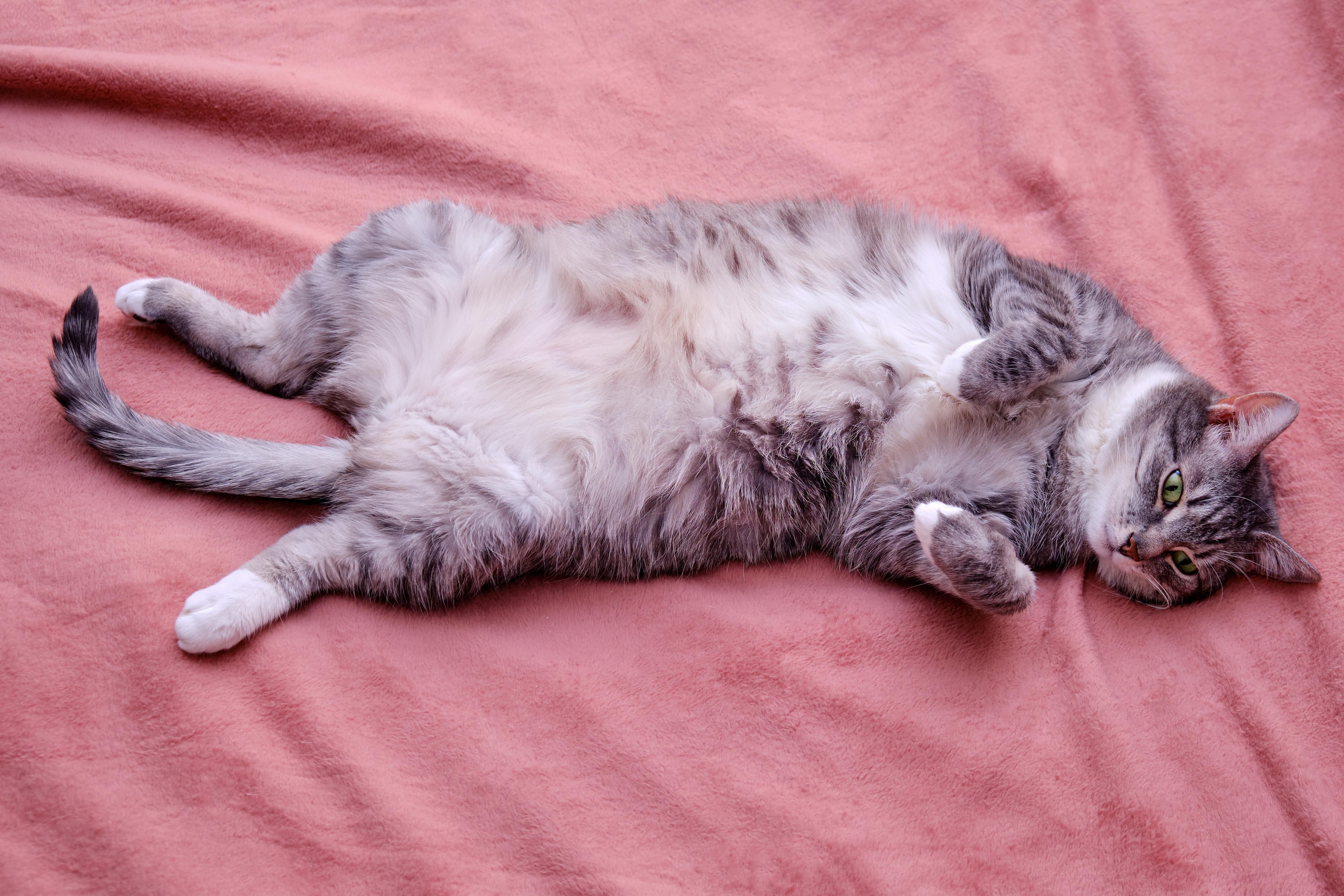
That little belly your cat has isn’t just the result of those extra treats you’ve been giving them. Carlson says that this feline spare tire isn’t “extra chub,” but rather a spot on the cat’s body that “stores food, protects cat’s organs in cat fights, and helps felines move easier by extending when chasing prey.”
18. If you have a female cat, she’s probably right-pawed.
After testing 42 cats—21 male and 21 female—for a 2018 study published in Animal Behaviour, researchers determined that a cat’s dominant paw is correlated with gender.
For the record: Female cats? Right-pawed. Male cats? Not so much.
19. Cats sleep up to 70 percent of their lives.

House cats do mostly four things: sleep, eat, run, or play. It turns out, sleeping takes up more time than the other three activities combined.
With up to 70 percent of their lives dedicated to sleep, cats are among the most frequent sleepers in the animal world because, in the wild, feral cats must use a lot of energy to hunt.
20. Raw fish can be bad for cats.
Another delicacy that cartoons would have you believe cats love is raw fish—but that could actually be bad for them, according to the pros at VetStreet.
Uncooked fish can contain bacteria that are harmful to cats and can cause food poisoning. Also, an enzyme in raw fish destroys thiamine, an essential B vitamin, which can lead to neurological problems.
21. A purr is a sign of self-healing.
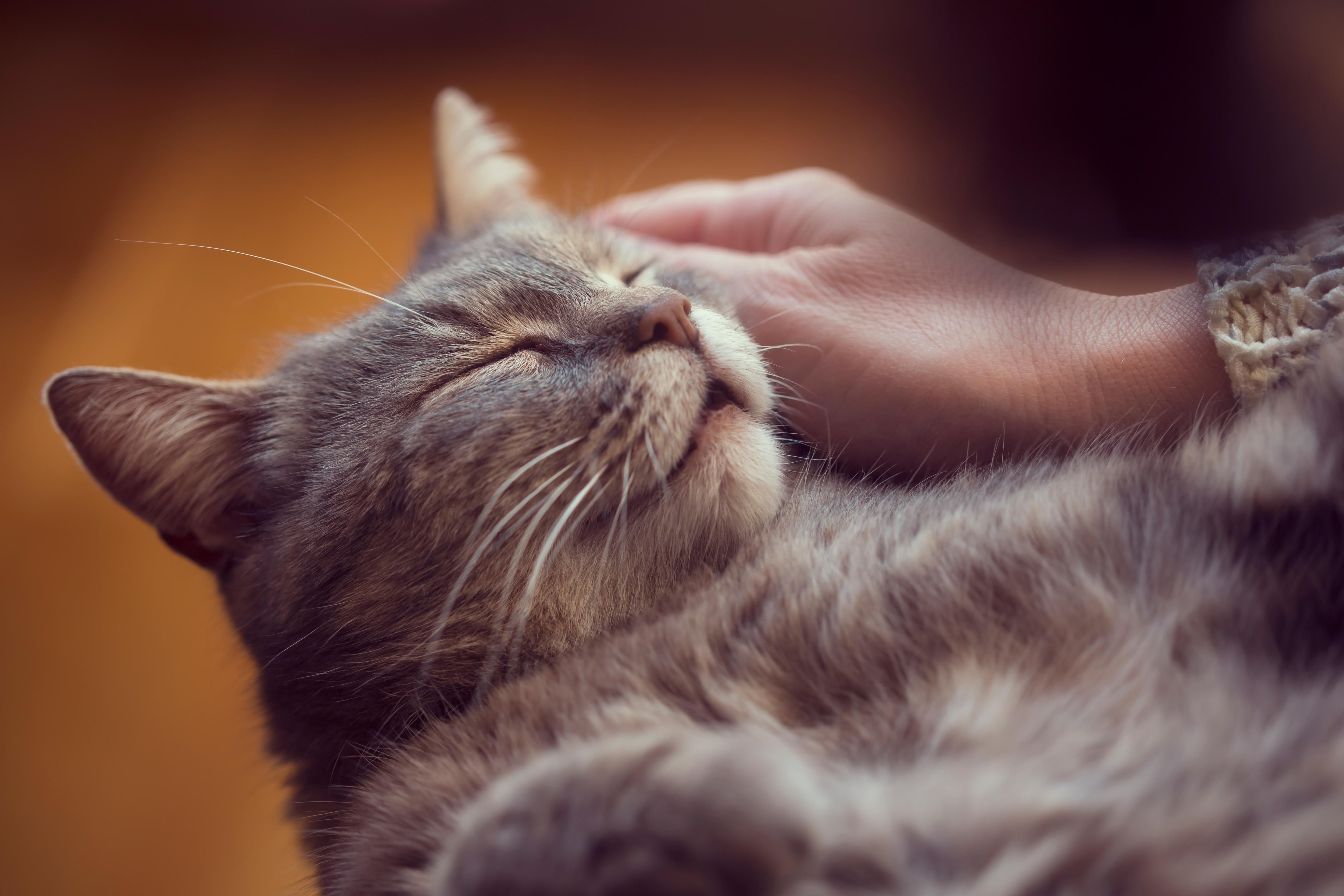
As Leslie A. Lyons, an assistant professor at the School of Veterinary Medicine at the University of California, Davis, explains to Scientific American, purring could be a sign that a cat’s muscles and bones are recovering.
The average domestic cat purrs at about 26 Hertz—that’s within the range to promote tissue regeneration (similar to how strenuous exercise can encourage bone health by putting pressure on the bones, causing them to grow stronger).
22. Cats can allegedly make more than 100 different sounds.
There’s the hiss, the meow, the purr, and (when in heat) the caterwaul—and dozens of variations of each. In comparison, dogs can make only 10 distinct noises.
Cats can also communicate through body language, biting, scent signals, and interactions.
READ THIS NEXT: 70 Wonderfully Weird Facts That Will Make You Question Everything.
23. Cats and humans have similar emotion centers in the brain.
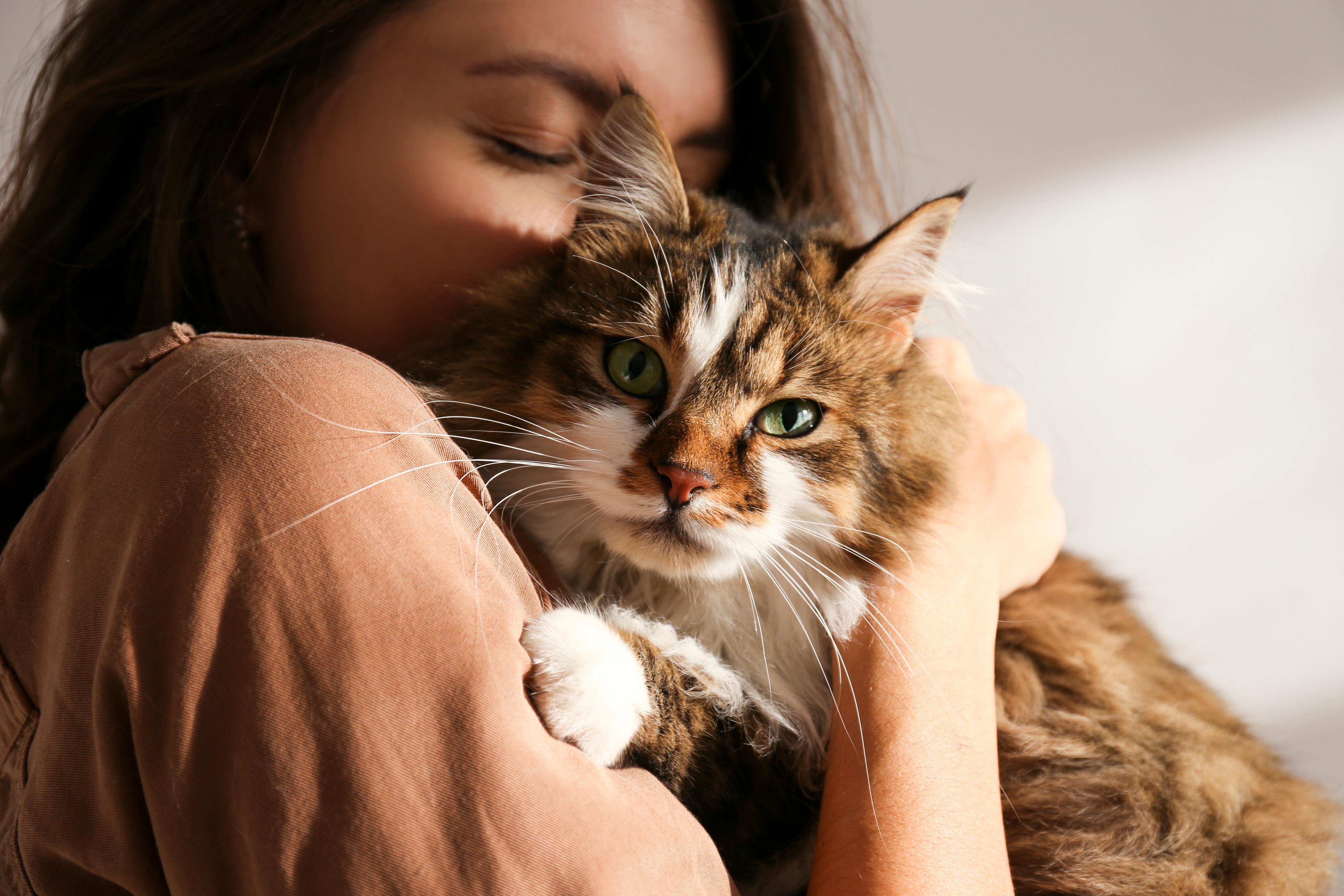
You have more in common with your pet cat than you may realize. Both human and cat brains are composed of gray and white matter.
What’s more, according to reporting by Petful, cats tend to think in the same pattern as humans and, like us, have both a long- and short-term memory.
24. Cats are likely smarter than dogs.
Garfield was right: The cerebral cortex of cats—the part of the brain that is responsible for cognitive information processing—is much more complex in felines than in canines. It also contains twice as many neurons as dogs.
Additionally, cats have proven to be better at complex problem-solving than their rival pet.
25. A cat can jump six times its length.
Just look at any series of YouTube cat videos: They can jump really, really far. By some estimates, felines can traverse six times their body length in a single bound!
Cats have powerful muscles in their back legs that help them leap far, and fun fact—they use their tail for balance. That’s why they have no problem jumping on tabletops, and even to the top of the refrigerator.
26. Cats sweat through their foot pads.
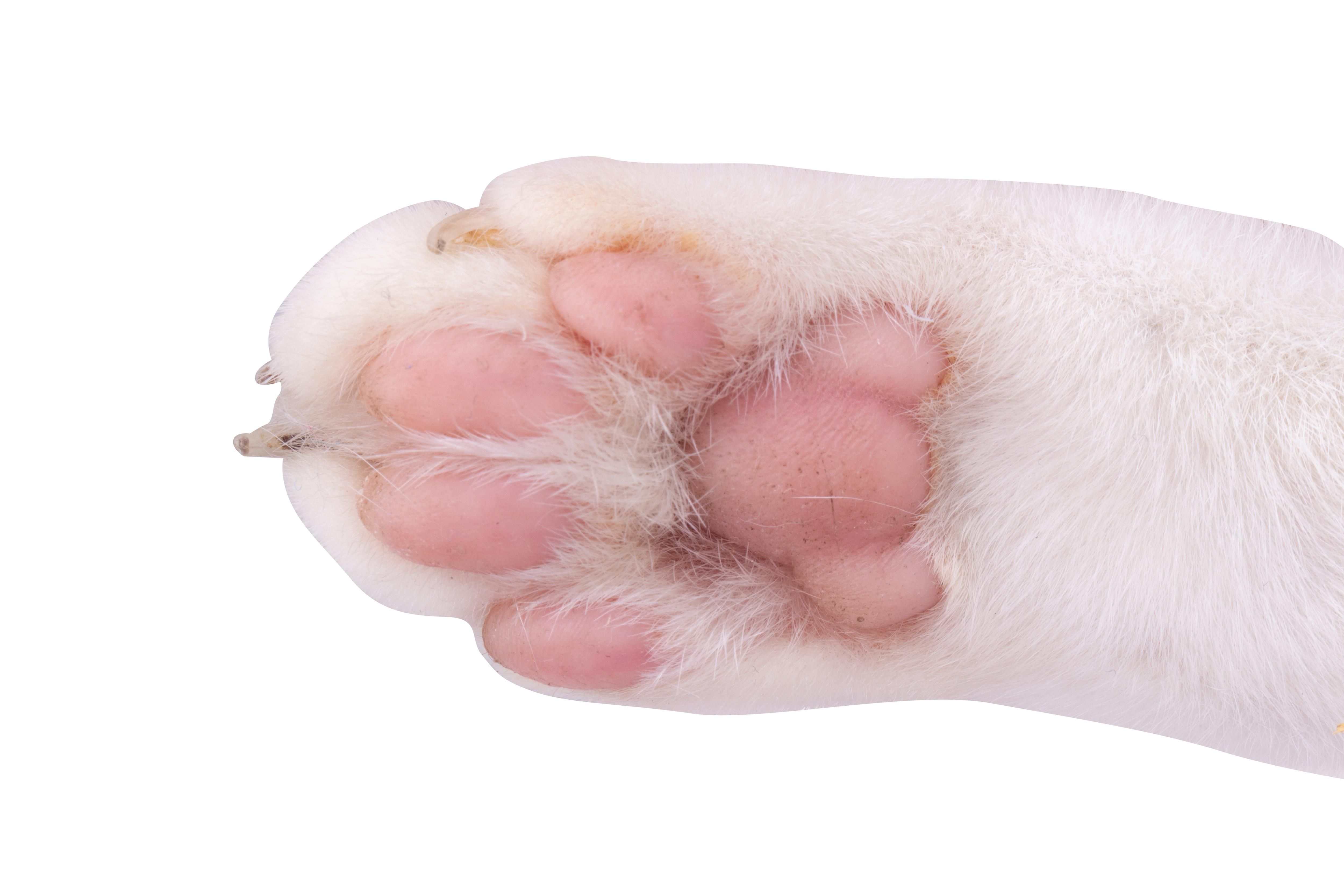
Ever wondered why your cat doesn’t break a sweat when it’s hot out, despite their thick fur? Cats’ sweat glands are only found on their paws. In fact, you can often find wet spots on their paws when they are sweating during the hotter months of the year. But more often, when they’re hot, cats just look for a cool place to lie down.
27. A cat’s nose is unique.
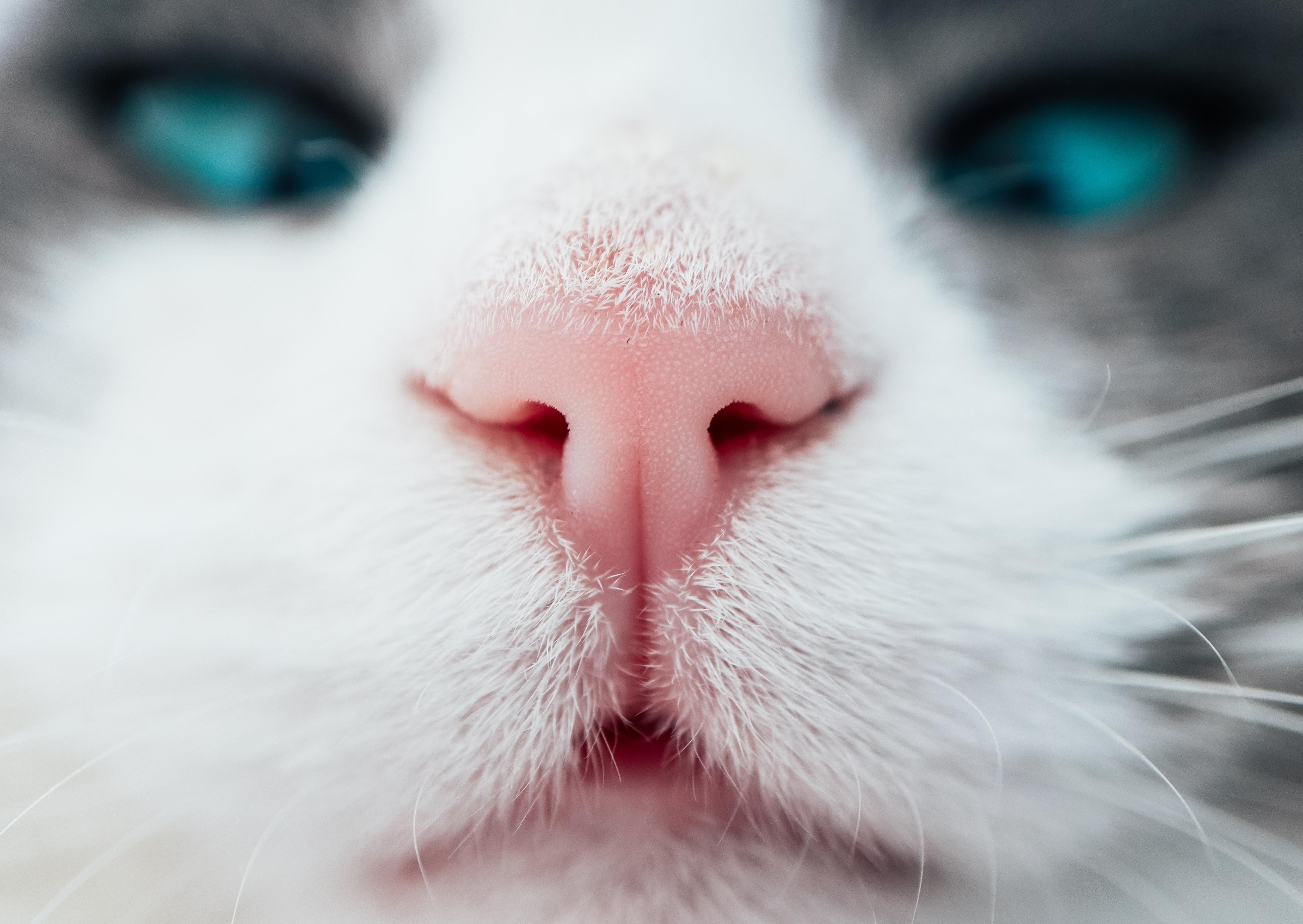
Your cat’s nose may look similar to that of its feline family members, but it’s actually got its own distinct markings. So, just how special is your pet’s sniffer?
“Cats nose prints are as unique as the human fingerprint,” says Ochoa.
28. Cats rub against people to mark their territory.
When they rub themselves on a person or object, cats leave their own personal scent behind. That way, according to PetMD, they can mark their territory, letting other cats know they should back off.
29. Cats use their whiskers in wild ways.
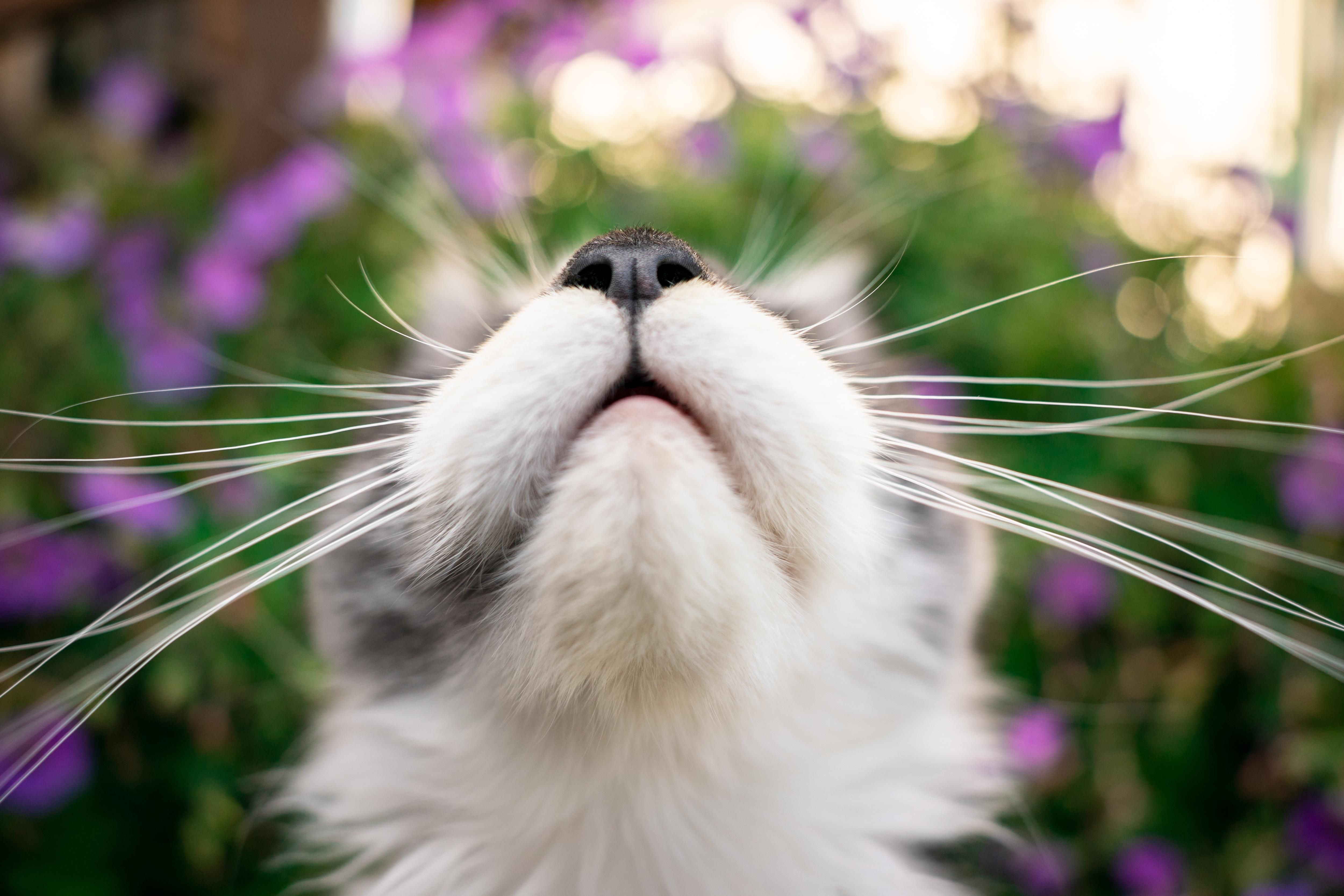
A cat’s whiskers are covered in nerve cells and blood vessels that help them investigate the world around them, according to the Veterinary Centers of America. The average cat’s whiskers span about the width of its body, so they frequently use them to detect whether or not they can fit into or through a space.